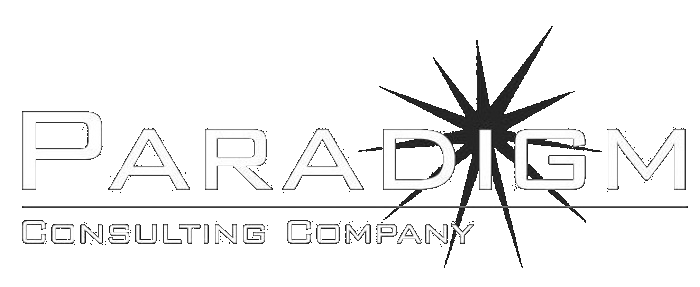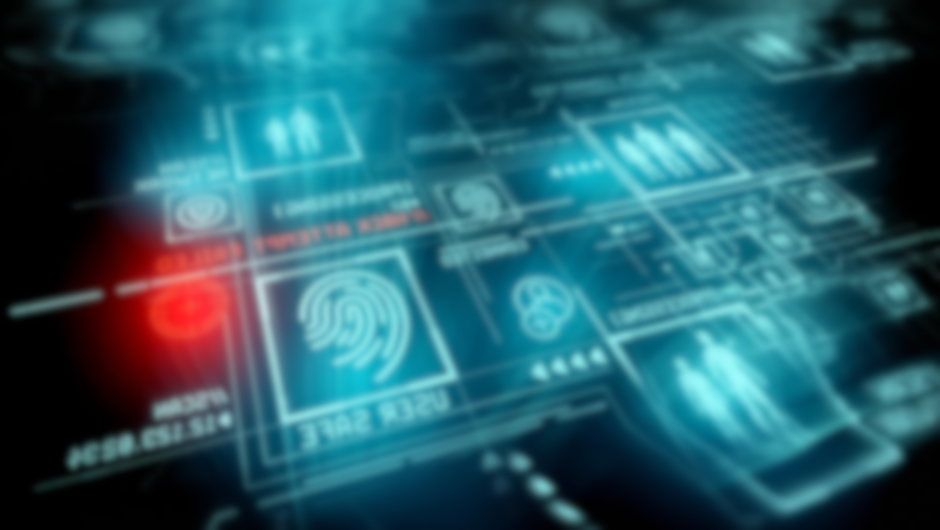I have had limited experience with Windows 8, but it’s enough to advise my clients at the moment to not touch Windows 8.  Windows 8 represents the biggest shift in the Windows GUI (Graphical User Interface) that we have seen in 17 years, when Microsoft replaced the venerable Program Manager and File Manager with the (then) new Windows 95 desktop and Explorer. By now, we’ve all had time to adjust to this interface, which has not changed radically, even with Windows Vista and 7. We still have a Start menu (even if it doesn’t say “Start” anymore), a desktop, a Control Panel, and Explorer.
Windows 8 represents the biggest shift in the Windows GUI (Graphical User Interface) that we have seen in 17 years, when Microsoft replaced the venerable Program Manager and File Manager with the (then) new Windows 95 desktop and Explorer. By now, we’ve all had time to adjust to this interface, which has not changed radically, even with Windows Vista and 7. We still have a Start menu (even if it doesn’t say “Start” anymore), a desktop, a Control Panel, and Explorer.
Microsoft is betting on everything being a “mobile” or “tablet” interface in the future. That’s all well and good, but the simple fact remains that in your business, you’re probably still using desktop and notebook PCs with traditional keyboards and mice and without touch screens. Given that, the “Metro” interface they’ve come up with is very similar to other modern interfaces such as Android, GNOME 3, iOS, Unity, and Windows Phone.
But that doesn’t make it right for the desktop. After adopting Microsoft Office 2007, with its Ribbon interface, many of our clients suddenly found it very difficult to navigate around programs they’d been using for decades because it was so different. And the differences betwen Office 2003 and 2007 are nothing compared to the differences between Windows 7 (or XP, or Vista) and Windows 8. Sure, it may be similar to your phone or tablet device that you’re used to, but chances are you’re not using your phone or tablet device for most of your work! You’re likely accustomed to the desktop metaphore, regardless of whether you use a version of Windows or a Macintosh. But if I suddenly handed you an iPad and expected you to be productive, I’d be in for a rude awakening.
Microsoft does offer a way to switch back and forth between Metro and the classic Desktop interface, and in my tests, the transition is “clunky” at best. I predict this will do little more than confuse most users even further.
When I first saw Windows 8, my reaction was, and I am not making this up, “What the hell is that?” This, from someone who’s been using computers as a main hobby or profession for three decades. Yes, it’s that different. If you’ve skipped training of your employees for new versions of software in the past, you may have gotten away with it, but this time, it’s different.
My advice is that you stick with Windows 7 (or XP which, at the time of this writing, will be supported for about 600 more days), and, when you must make the switch, move everyone over at once. This is one time when having different users running different software throughout your organization will really hurt, unless it’s done systematically, e.g., the Engineers move to 8 before Accounting, then HR, etc. Whatever your plan to adopt Windows 8, it has to be planned, and not just a one-off, “take it as you buy a new PC” effort. Frankly, I’m presently planning on waiting to see what Windows 9 looks like, and sticking with my Macintosh as my primary OS for the foreseeable future.


Comments are closed.